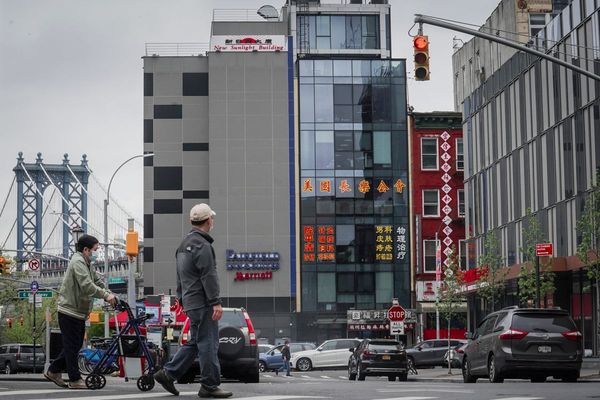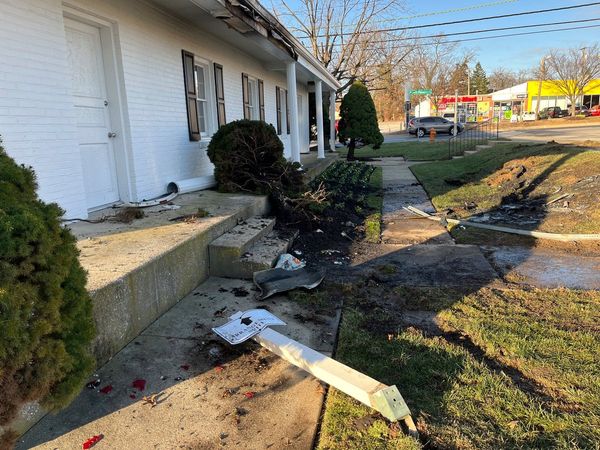
Anthony Albanese and Labor had a significantly better election campaign over Easter, with the opposition leader lifting his profile and the campaign being dominated by issues favourable to Labor.
But the latest Campaign Insights data provided by Isentia to Crikey shows the Coalition was having success in pushing national security into the election narrative — at least until it was derailed by the Solomon Islands debacle.
In the days prior to the leaders’ debate, Medicare and a federal ICAC dominated election coverage, with both issues unfavourable to the government — especially with Scott Morrison trying to make a virtue of his hostility to a worthwhile integrity body. The cost of living and inflation — contested issues that the government may feel will work in its favour — was the third highest in terms of volume of mentions, ahead of border security, a clear winner that the Coalition, and its media allies, sought to push hard during the week. Climate, the Solomon Islands and aged care were the next most frequent issues — all of which play better for Labor than the government.
In the day after the debate, it all went pear-shaped for Morrison, who was forced into games of denial on what he knew about the Solomons, while aged care and the NDIS came further to the fore.
At the same time, Albanese finally hit his stride in terms of campaign coverage — something likely to be derailed by his COVID isolation. From Morrison dominating coverage the previous week, with nearly two-thirds of all coverage about the prime minister, Isentia shows Albanese in the past seven days moved to a 48% share of coverage — a crucial stat given the importance of making sure unengaged voters are more familiar with the Labor leader.
Anne Ruston also had a good week, being the third most mentioned politician after the leaders — although much of the coverage was about Ruston’s claim that Medicare was not sustainable, flagging funding cuts when she takes over as Coalition health minister. After that, the transphobic Liberal candidate for Warringah Katherine Deves was the next most mentioned politician — remarkable given that she has been completely silenced by the Liberal Party (while Morrison insists she must not be silenced).

The prominence of Deves suggests that Morrison’s deliberate ploy to use her as a transphobic culture war touchstone might yet bear fruit — though at what cost to surrounding Liberal MPs in Sydney, who have refused to show the guts of NSW’s Matt Kean and demand her disendorsement, remains to be seen.
Interestingly, Jim Chalmers, one of Labor’s best performers in the campaign so far, also lifted his profile and was substantially ahead of Treasurer Josh Frydenberg in media mentions — ahead even of Clive Palmer and Barnaby Joyce, whose main contribution was to claim that the Solomon Islands was now our own Cuba. Unlike Joyce and Frydenberg, Chalmers also racked up strong numbers for television appearances, as did Labor’s Penny Wong, who has been outperforming Peter Dutton. Indeed, Dutton has been a consistent underperformer in the campaign so far — is all the negative focus group polling about him leading the Liberals to keep him under wraps?
In Wentworth, Isentia shows beleaguered MP Dave Sharma increased his share of coverage against Allegra Spender, but much of that increase was negative coverage; similarly, Monique Ryan has increased her share of coverage in Kooyong against Frydenberg, but mostly as a result of News Corp’s fossil-fuel-industry-driven hit jobs on her. Conversely, Bridget Archer in Bass and Trent Zimmerman in North Sydney both upped their coverage game — but again, much of it was negative.
And just to show how extraordinarily biased some outlets can be: during the week, the leading issue in coverage by Kerry Stokes-owned Prime Media was still the Albanese gaffe from the second day of the campaign — and it was more than twice as much as the volume of coverage devoted to it by the next biggest source, News Corp.

Don’t count Morrison out when he has such large media companies on his side.







